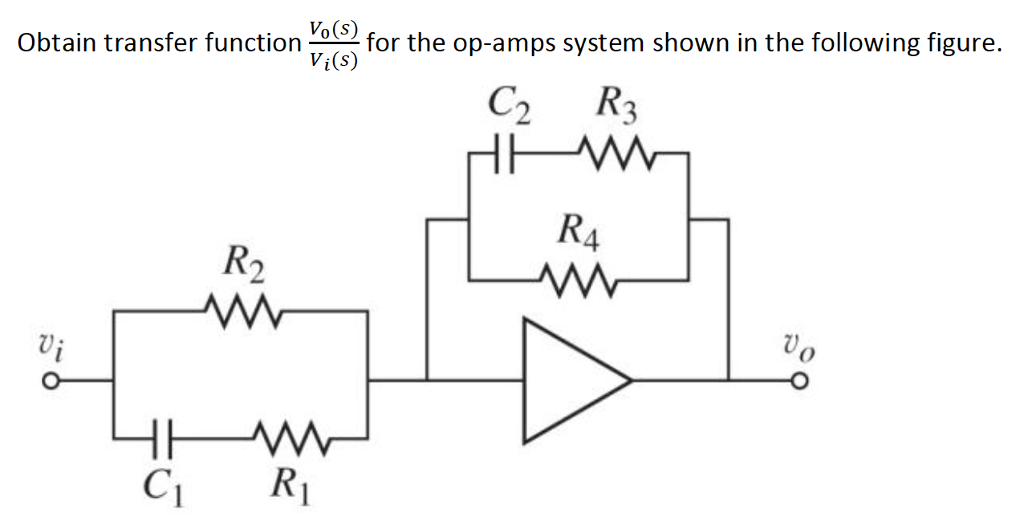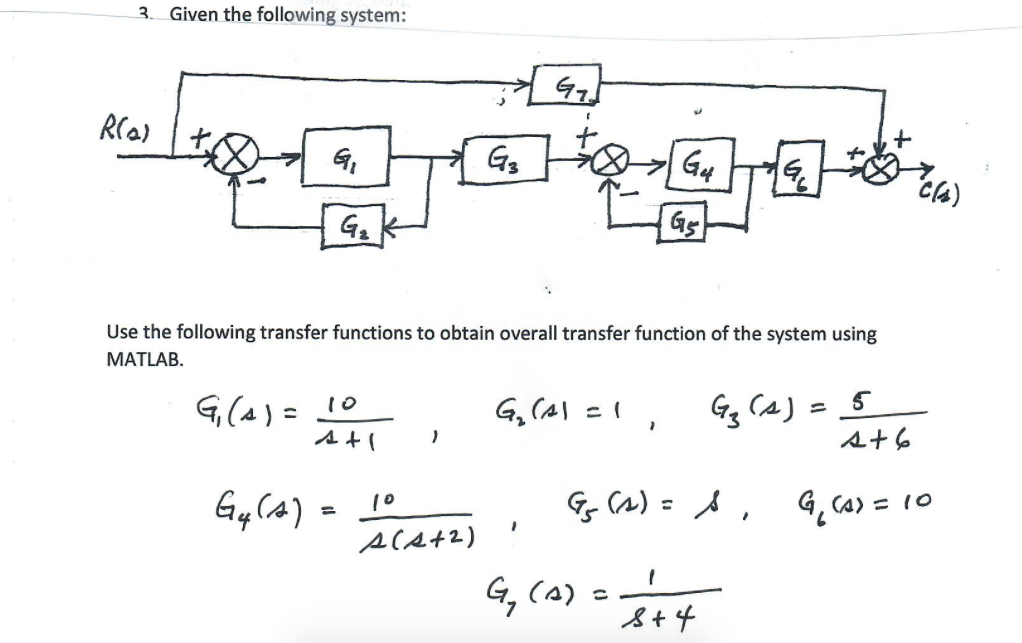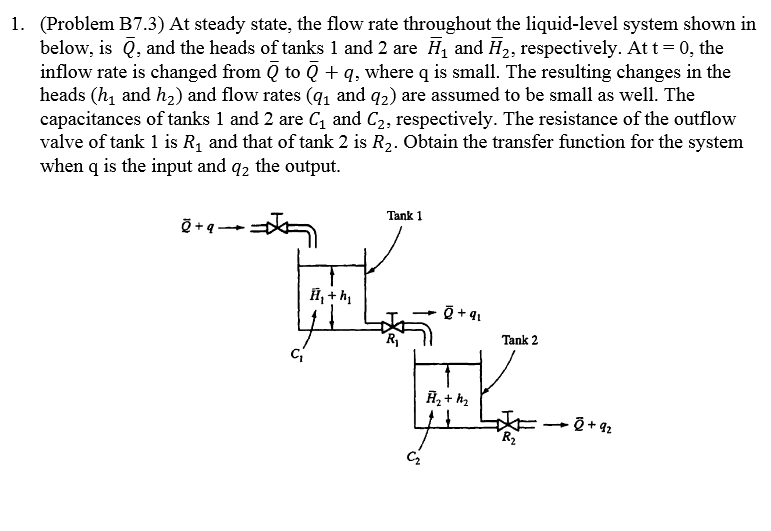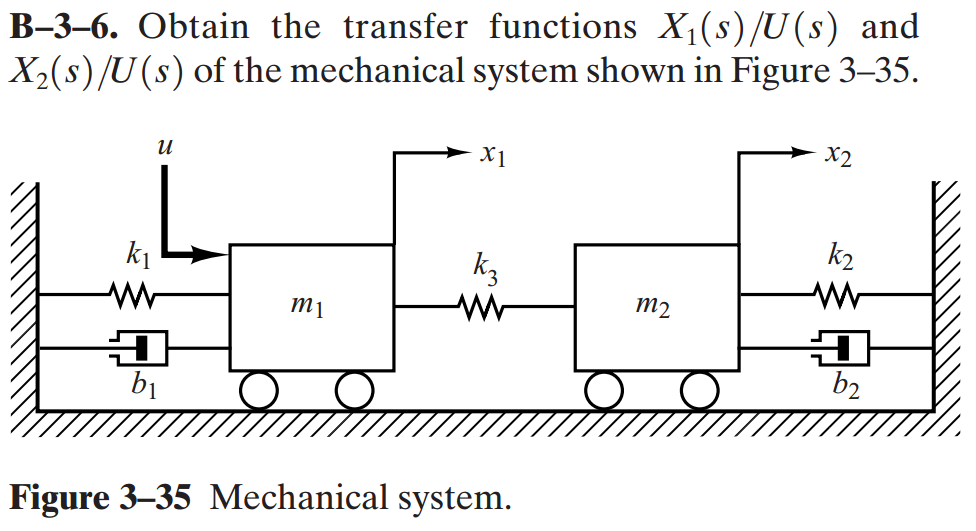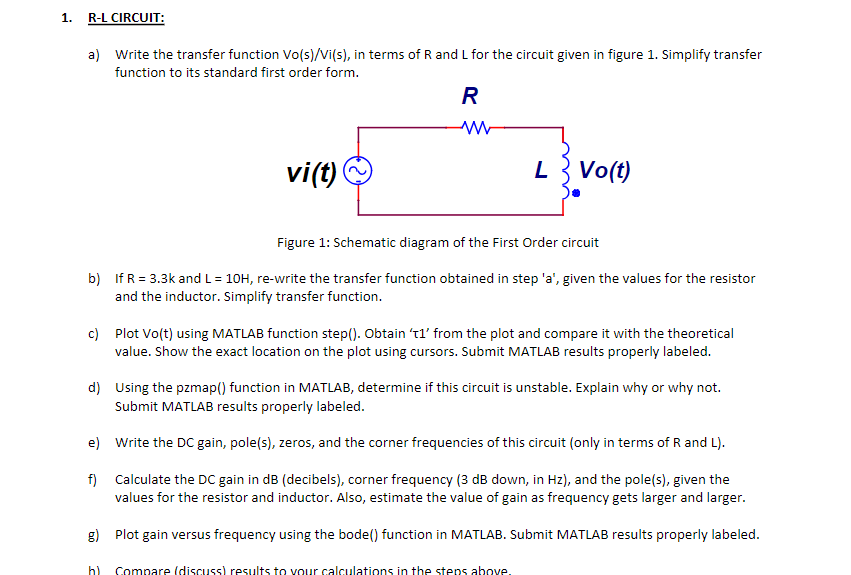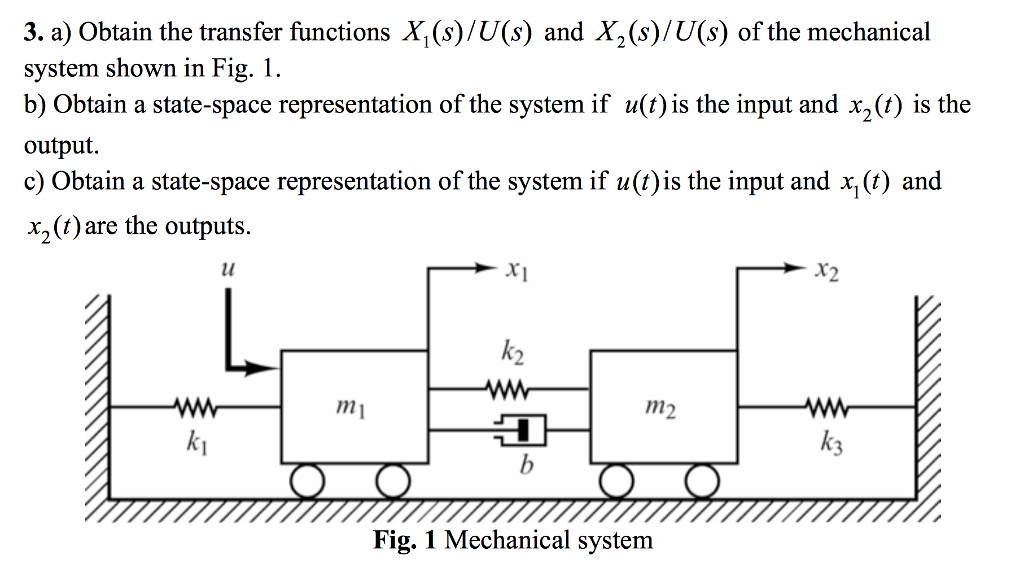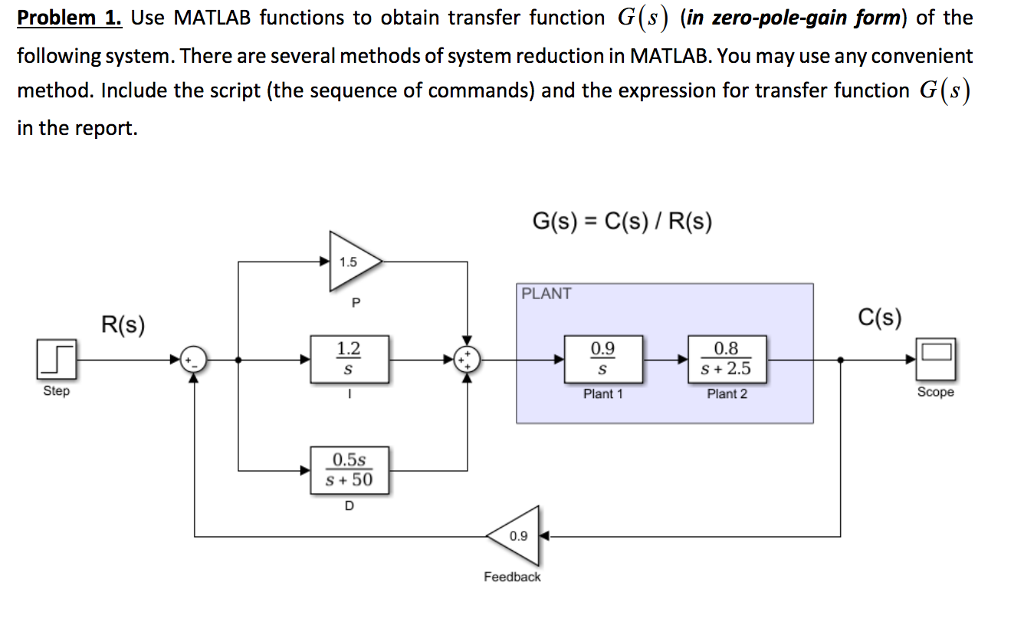Amazing Tips About How To Obtain Transfer Function

What is a transfer function?
How to obtain transfer function. Take laplace transform of each term in the differential equation. What are transfer functions? This calculation is not obvious.
Smoothness adaptive hypothesis transfer learning. Notice the symmetry between yand u. We start with the definition (see equation (1).
Suppose you have a linear differential equation of the form: It is evident from (10.20) that the transfer function matrix for the system, which relates the input transform to the output transform when the initial condition is zero, is given by. | control systems in practice.
Rearrange and solve for the dependent variable. \(e(s)\) is the actuating error signal, and. It is widely used in electronic engineering tools like circuit simulators and control systems.
Converting from a differential eqution to a transfer function: The following examples will show step by step how you find the transfer. The inverse system is obtained by reversing the roles of.
In subsequent sections of this note we will learn other ways of describing the transfer function. The ideas of using complex numbers in ac circuits and the computations of in rlc circuits are used to develop and compute transfer functions in the frequency domain. In this tutorial, we started with defining a transfer function and then we obtained the transfer function for a series rlc circuit by taking the laplace transform.
Find the transfer function of the system with state space representation. The transfer function can be expanded using partial fractions expansion (pfe) to obtain: Create transfer function using numerator and denominator coefficients.
The transfer function can be obtained by inspection or by by simple algebraic manipulations of the di®erential equations that describe the systems. 80k views 1 year ago control systems in practice. Thus, the transfer function completely describes how the circuit processes the input complex exponential to produce the output complex exponential.
Transfer functions express how the output of a machine or circuit will respond, based on the characteristics of the system and the input signal, which may be a motion or a.


